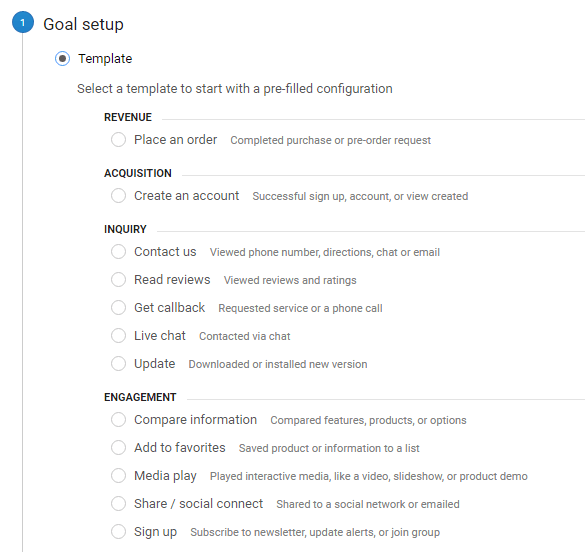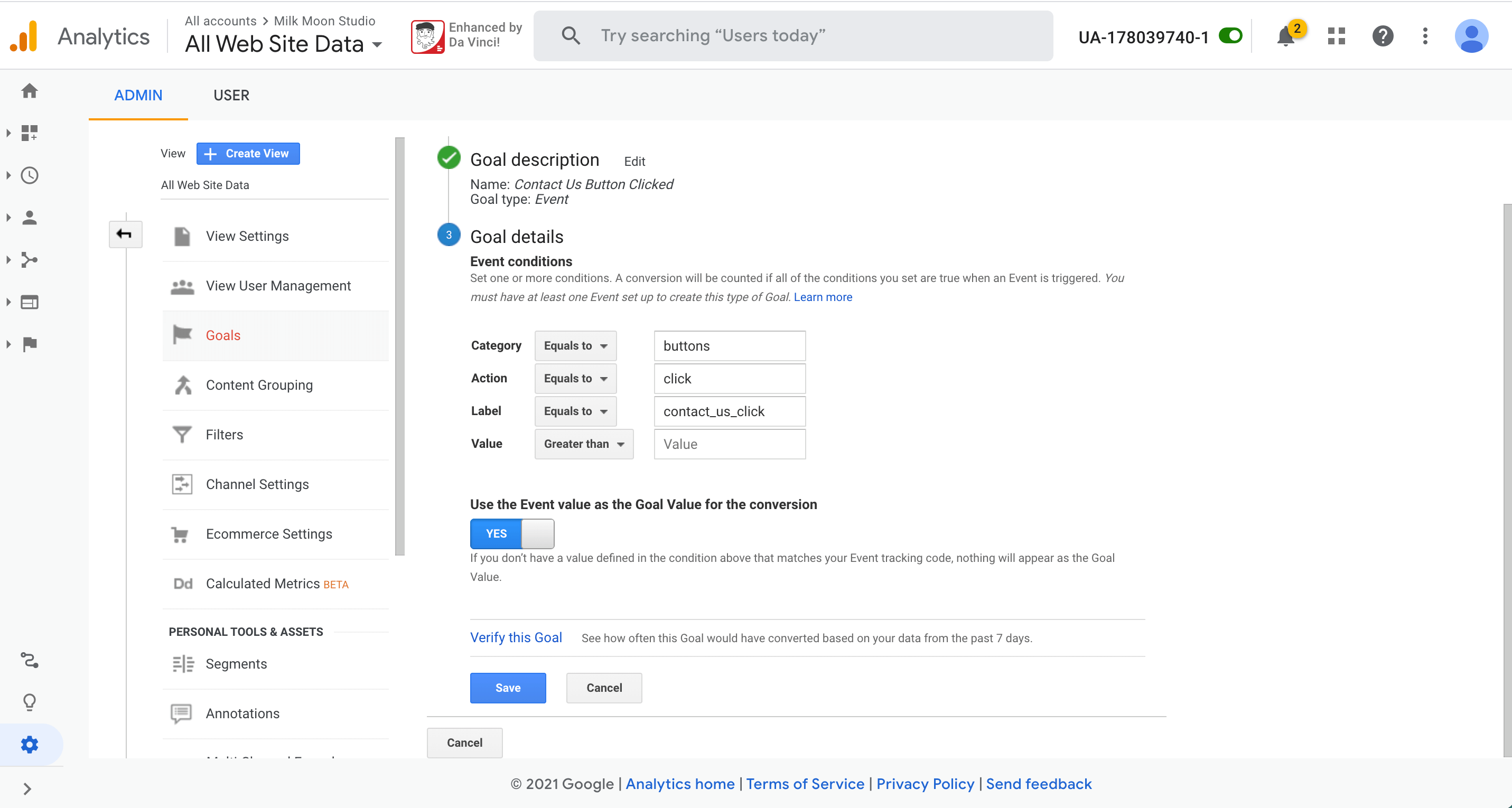Discover What Data Is Google Analytics Goals Unable to Track
Discover What Data Is Google Analytics Goals Unable to Track
Blog Article
Demystifying Google Analytics Limitations: Uncover What Information Goals Can not Track
In the world of electronic analytics, Google Analytics stands as a powerful device that gives useful insights right into website performance and customer habits. Among its capabilities, there exist constraints that often go undetected. Comprehending what Google Analytics can not track is crucial for a comprehensive understanding of data analysis and decision-making procedures. From the complexities of user communication with dynamic web content to the intricacies of cross-device user journeys, these restrictions dropped light on locations that may stay obscured from typical analytics point of views. By untangling these restrictions, a clearer image emerges, permitting for more enlightened techniques and refined understandings into individual involvement and conversions.

Customer Interaction With Dynamic Content
Customer communication with dynamic web content plays an important duty in recognizing user behavior on web sites and optimizing the overall customer experience. Dynamic content refers to aspects on a page that can transform without the demand for a full web page reload. This includes interactive aspects such as pop-ups, sliders, forms, and videos that reply to user actions in real-time. By tracking user interactions with dynamic material, web site proprietors can obtain beneficial insights right into individual involvement, choices, and actions.
Google Analytics offers numerous devices to track customer communications with vibrant material, such as event tracking and online pageviews. Occasion tracking allows you to monitor details customer activities, like clicking a switch or viewing a video, giving information on just how customers engage with dynamic components. Digital pageviews can be made use of to track interactions that do not bring about a brand-new page lots, supplying a detailed view of user involvement with dynamic content. By analyzing this information, web site owners can make enlightened decisions to improve customer experience and drive conversions.
Cross-Device Individual Journeys
Just how can modern analytics devices track the complex courses customers take across several tools in their on the internet trips? Cross-device individual trips provide a considerable challenge for monitoring and assessing user behavior precisely. As customers interact with web sites or applications making use of various gadgets such as desktops, tablet computers, and smartphones, it ends up being crucial to comprehend how they relocate between these platforms to maximize individual experience effectively.
Google Analytics faces constraints in tracking cross-device user journeys because of personal privacy issues and technical restraints - what data is google analytics goals unable to track. While it can give insights into specific tools' communications, tracking a seamless customer trip across multiple gadgets remains an obstacle. This restriction can lead to incomplete information and fragmented individual insights, making it difficult for companies to create a unified sight of the client journey
To resolve this concern, services can utilize advanced analytics devices that use cross-device monitoring abilities, enabling them to get an extra alternative understanding of individual actions. By leveraging these devices, businesses can bridge the gap in tracking cross-device user journeys and optimize their digital techniques for a seamless customer experience.
Offline Conversions and Attribution
As organizations browse the challenges of tracking cross-device customer journeys, another crucial aspect to consider is the world of offline conversions and attribution in the world of information analytics. While Google Analytics provides beneficial understandings into on the internet individual behavior, it fails when it comes to tracking conversions that take place offline. This restriction positions a considerable challenge for businesses that have both online and offline sales channels.
Offline conversions, such as acquisitions made in physical shops or with call facilities, are necessary to comprehending the full customer trip. Without the capacity to attribute these offline conversions to certain online interactions, services might have a hard time to properly determine the impact of their digital marketing efforts.
To resolve this gap, companies can discover alternate options such as integrating CRM systems with on the internet analytics devices or utilizing distinct promo codes that can be traced back to on the internet projects. By connecting the void in between online and offline information, businesses can acquire a much more detailed understanding of their consumers' actions and improve their overall marketing techniques.
Individual Individual Recognition
In the world of information analytics, the capability to properly recognize specific users throughout different on-line touchpoints is a vital obstacle for organizations looking for to individualize and optimize their marketing strategies. While Google Analytics offers important insights into customer actions and communications, it falls short in allowing the identification of specific people due to personal privacy problems and technological constraints. Google Analytics uses distinct identifiers such as cookies to track customer sessions and behavior, however these do not correspond to identifying private customers in an individual feeling.

Data From Secure Pages
Regardless of the enhancing frequency of safe pages on web sites, obtaining information from these encrypted sources offers a distinct obstacle for digital analytics systems like Google Analytics. Secure web pages, suggested by HTTPS in the URL, secure data exchanged in between the user's web browser and the website's web server to ensure privacy and protection. While this encryption is crucial for protecting sensitive details, it likewise positions constraints for tracking individual actions and event analytics information.
Google Analytics deals with barriers in collecting in-depth details from protected pages as a result of the encryption procedures in place. Because of this, specific information points such as reference sources, keyword searches, and also some customer communications may not be More Info completely recorded when customers access an internet site with a safe link. This constraint can impact the precision and efficiency of the information analysis, resulting in spaces in recognizing customer behavior and preferences on secure pages.
To navigate this obstacle, digital experts might require to check out alternate monitoring techniques or take advantage of various other tools particularly developed to gather insights from secure pages. By adapting approaches to suit these limitations, businesses can still derive valuable analytics despite the constraints offered by encrypted links.
Verdict
In conclusion, Google Analytics has constraints in tracking individual communication with dynamic content, cross-device individual trips, offline conversions, private customer recognition, and data from safe and secure web pages. Despite its beneficial understandings, Google Analytics might not supply a full image of user involvement throughout different touchpoints.
Individual interaction with vibrant web content plays my company a critical role in recognizing individual actions on websites and enhancing the total customer experience. By tracking customer interactions with dynamic material, internet site owners can acquire useful understandings into individual interaction, choices, and behaviors.
Google Analytics uses special identifiers such as cookies to track customer sessions and behavior, but these do not correspond to recognizing specific users in a personal sense.
As a result, specific information factors such as referral sources, keyword searches, and even some individual interactions might not be fully captured when users access a web their website site via a safe and secure connection.In conclusion, Google Analytics has restrictions in tracking individual communication with dynamic material, cross-device individual trips, offline conversions, private customer recognition, and data from safe pages.
Report this page